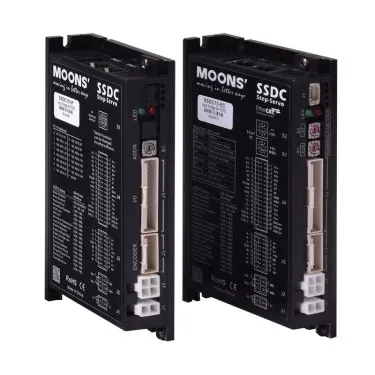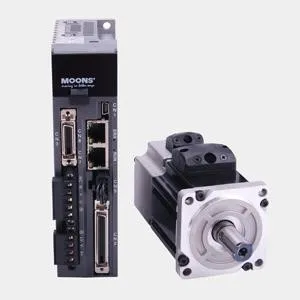What's the difference between RS485 and RS232?
RS485 and RS232 are two types of serial communication protocols that have been widely used in various industrial and commercial applications. Despite their similarities, these two protocols differ in significant ways. In this article, we will discuss the critical differences between RS485 communication and RS232 communication. RS485 and R232 are two common serial communication protocols, they are widely used in industrial automation, data acquisition and control systems, and other fields. Although they are both serial communication protocols, there are many differences. Let's introduce the difference between RS485 communication and R232 communication in detail. Definition: RS232 is an older serial communication standard, typically used to connect modems, printers, and other devices to a personal computer. It uses voltage-based signaling and normally operates over a single-ended, point-to-point connection. On the other hand, RS485 is a newer serial communication standard that supports multiple nodes (up to 32) on a single communication line. It uses differential signaling (one wire for positive, one for negative) and typically operates over a twisted-pair cable. Speed: In terms of speed, RS485 is typically faster than RS232 and can easily handle data rates up to 10 Mbps. This makes it ideal for applications like industrial automation, where high-speed data transmission is critical. RS232, on the other hand, is slower, with a maximum data rate of 115.2 Kbps. This makes it more suitable for applications that require low-speed data transfer, such as connecting peripherals to a computer. Distance: Another significant difference between RS232 and RS485 is the distance they can cover. RS232 communication is typically limited to distances of up to 15 meters, after which attenuation and noise can affect signal quality. By contrast, RS485 can transmit data up to distances of 1.2 kilometers (depending on cable length and signal quality). This makes RS485 a more reliable option for applications that require longer-distance data transmission. Topology: RS232 features a point-to-point topology, where there's communication between only two devices. In comparison, RS485 supports a multi-point topology, allowing up to 32 devices to be connected on the same communication line. In conclusion, while RS232 is ideal for low-speed data transfer over short distances and connecting peripherals to a computer, RS485's higher speed, longer-distance capabilities, and multi-point topology make it a better choice for industrial automation, security systems, and other applications where high-reliability data transfer is essential. MOONS' Related Products


